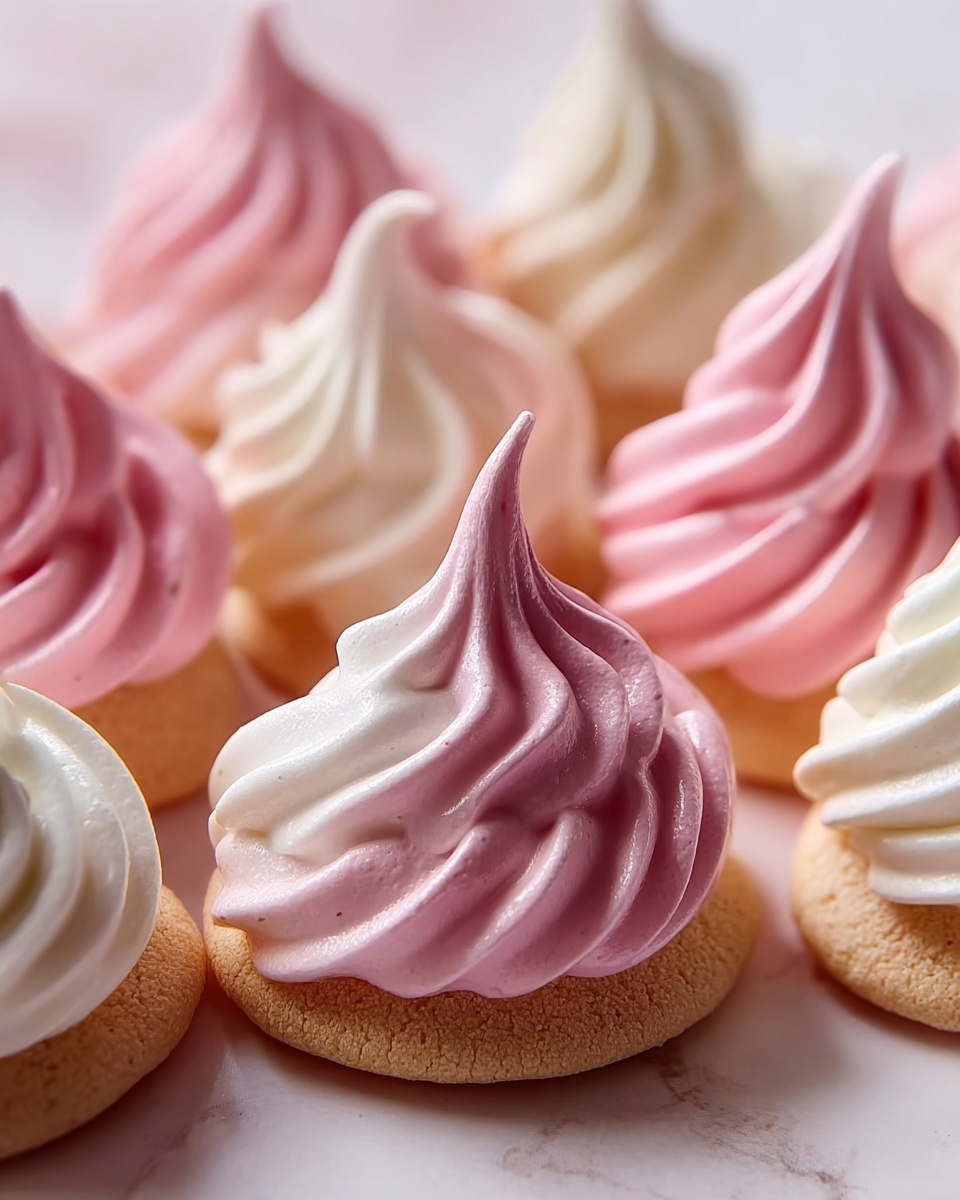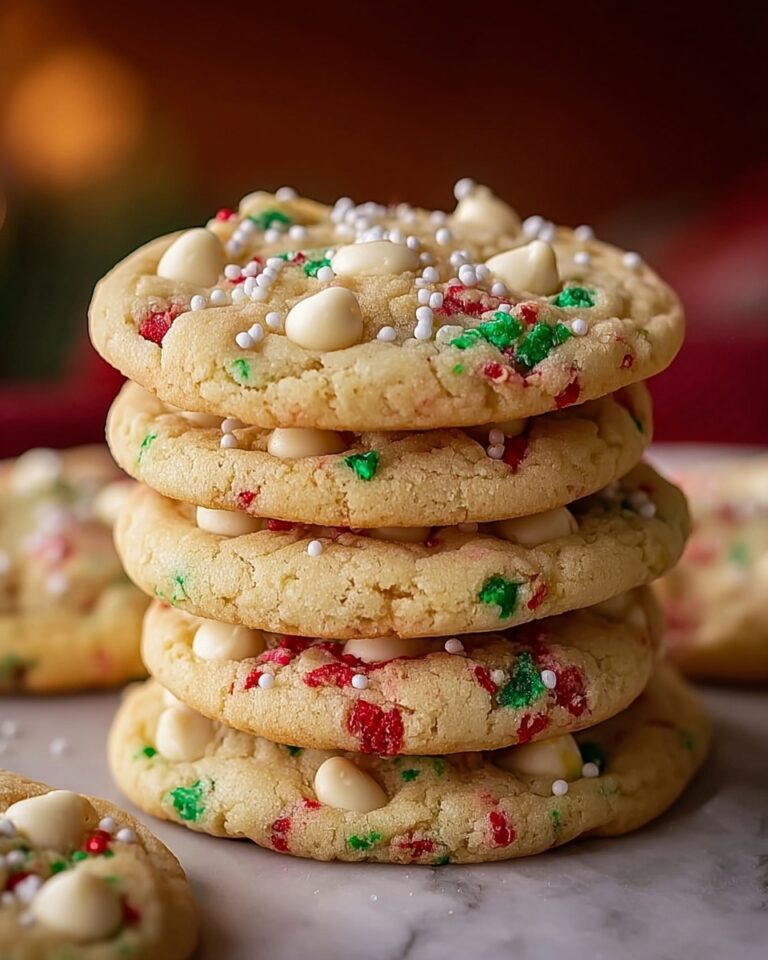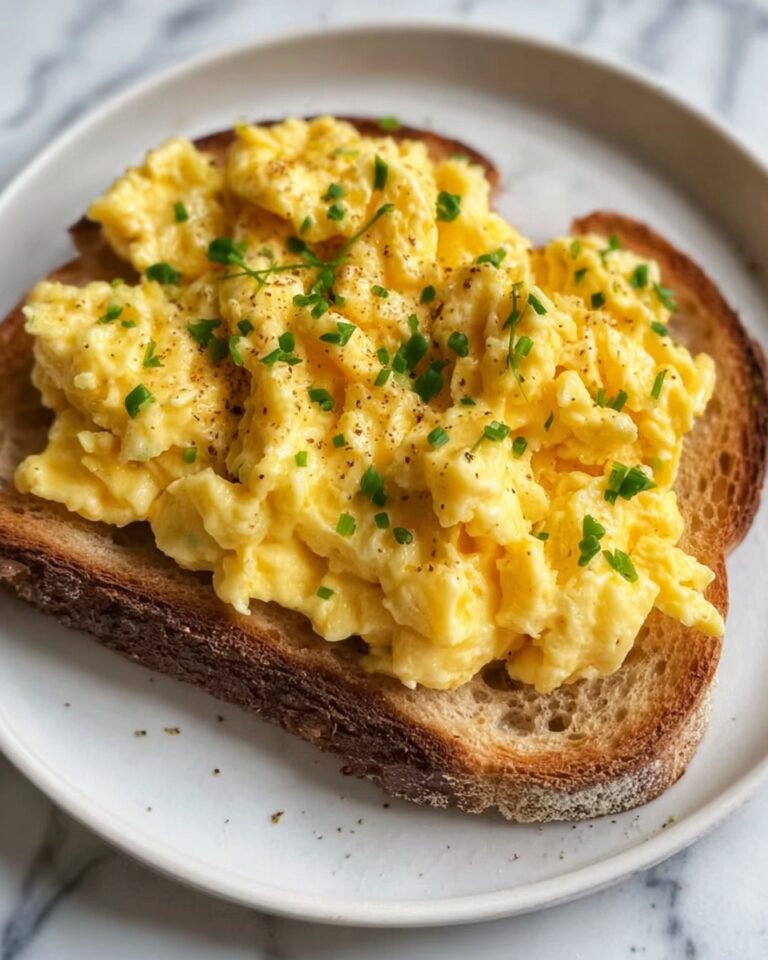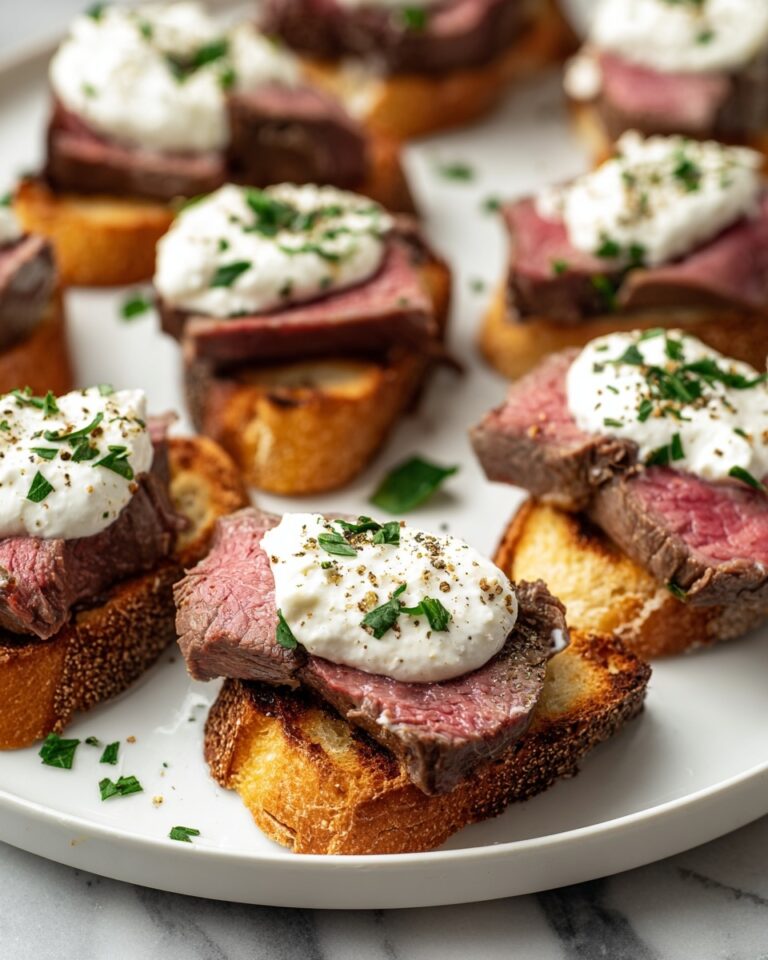“`html
If you’re looking for a delightful treat that feels like a little celebration in every bite, you absolutely need to try this fantastic Pastel Meringue Cookies Recipe. These light, airy, and sweet-as-a-dream cookies come in charming pastel colors that brighten up any occasion and make snacking magically delicious. The perfectly crisp exterior gives way to a melt-in-your-mouth center, making these cookies an irresistible crowd-pleaser and a joyful project to bake with friends or family.

Ingredients You’ll Need
The beauty of this recipe is in its simplicity. With just a handful of basic ingredients, each one plays a crucial role in creating the perfect texture, sweetness, and color that define these charming pastel treats.
- 3 large egg whites, at room temperature: These are the star of the show, whipping up into a voluminous, fluffy base for your meringue.
- ¾ cup granulated sugar: This adds the crisp sweetness and glossy finish that makes meringues so irresistible.
- 1 teaspoon vanilla extract: A subtle touch to deepen the flavor and add warmth without overpowering the delicate sweet notes.
- ¼ teaspoon cream of tartar: Essential for stabilizing the egg whites, helping them maintain those perfect stiff peaks.
- Pinch of salt: Just a little to balance the sweetness and enhance the overall flavor.
- Food coloring (pastel colors of your choice): This is what gives the cookies their whimsical, soft hues, turning simple meringues into a playful rainbow.
- Sprinkles (optional, for decoration): For that extra dose of fun and texture, sprinkles add a festive flair to your meringues.
How to Make Pastel Meringue Cookies Recipe
Step 1: Preparing to Bake
Start by preheating your oven to 225°F (107°C). This low temperature ensures your meringues dry out slowly rather than brown. Line two baking sheets with parchment paper, setting the stage for perfectly shaped, easy-to-remove pastel meringues.
Step 2: Whipping the Egg Whites
Using a clean, dry bowl, beat the egg whites on medium speed until soft peaks form. This step is crucial because the volume and texture of your meringue depend entirely on how well you incorporate air here.
Step 3: Stabilizing the Meringue
Add the cream of tartar and a pinch of salt. These little additions act like magic, firming up the egg whites. Continue beating the mixture until stiff peaks form, ensuring your meringue holds its shape beautifully.
Step 4: Sweetening and Smoothing
Gently incorporate the sugar, one tablespoon at a time. This gradual addition helps the sugar dissolve fully, creating a glossy, smooth meringue that’s both sweet and shiny—exactly what you want in your pastel meringue cookies.
Step 5: Adding Flavor
Pour in the vanilla extract and mix just until combined. This subtle flavor boost rounds out the sweetness with comforting warmth, making every bite feel homemade and cozy.
Step 6: Coloring Your Meringue
Divide the meringue into separate bowls if you plan to create multiple pastel shades. Fold in a few drops of your chosen food colors gently with a spatula to keep the fluffy texture intact while giving each batch a lovely soft hue.
Step 7: Shaping Your Cookies
Using a spoon or a piping bag, dollop or pipe small mounds onto the prepared baking sheets. Leave about an inch between each to allow room for drying and to keep their shape neat and lovely.
Step 8: Decorating (Optional)
Sprinkle your meringues with colorful sprinkles if you want to add some playful texture and an extra pop of color. This step turns each cookie into a mini work of edible art!
Step 9: Baking the Meringues
Bake the cookies for 1 to 1 ½ hours at the low temperature you set earlier. Patience is key here as the slow bake dries the meringues perfectly without browning, resulting in a crisp shell and delicate interior.
Step 10: Cooling to Perfection
Turn off the oven and leave the meringues inside to cool completely, about an hour. This gentle cooling process ensures they dry all the way through, so you get that signature crunch without any chewy spots.
Step 11: Storing Your Creation
Once fully cooled, transfer your pastel meringue cookies into an airtight container to keep them crisp and fresh until you’re ready to enjoy.
How to Serve Pastel Meringue Cookies Recipe
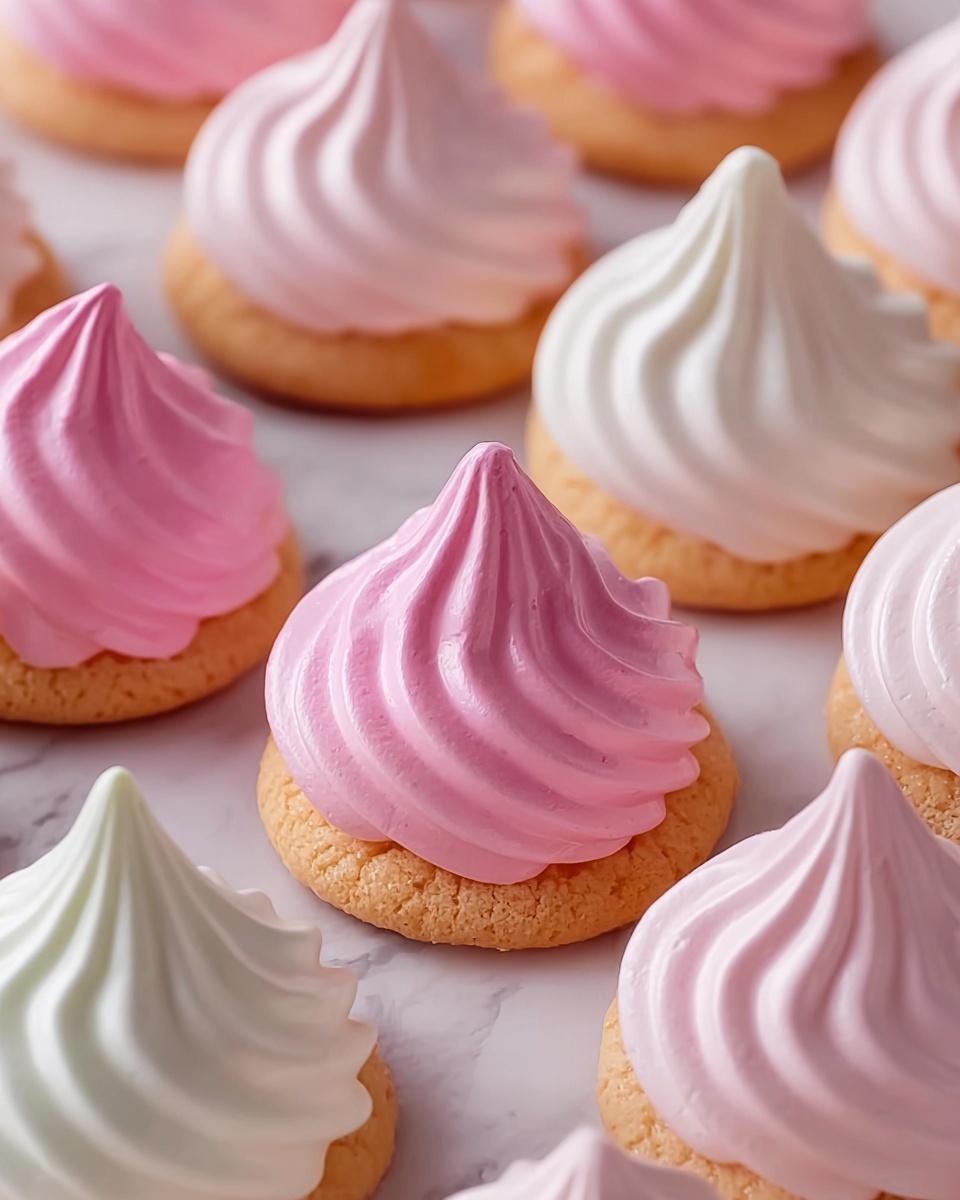
Garnishes
These cookies are stunning on their own but feel free to elevate them with a light dusting of powdered sugar or a few colorful edible flowers when serving. The garnishes complement the pastel colors without overwhelming the delicate meringue flavor.
Side Dishes
Pastel meringue cookies pair beautifully with a cup of tea, a glass of chilled milk, or even a scoop of vanilla ice cream. Their sweet crunch provides a delightful contrast alongside creamy, comforting beverages and desserts.
Creative Ways to Present
Try stacking your pastel meringues in a glass jar for a charming display or arranging them on a tiered dessert stand at a party. You can also sandwich two cookies with a dollop of whipped cream or jam in between for an elegant mini treat that wows guests.
Make Ahead and Storage
Storing Leftovers
Keep your leftover pastel meringue cookies in an airtight container at room temperature. They stay crisp for up to two weeks, making them perfect to bake in advance for parties or gifting.
Freezing
If you want to keep these adorable cookies even longer, freeze them in a sealed container with parchment layers to prevent sticking. Thaw at room temperature when ready to enjoy, maintaining their delicate texture.
Reheating
Meringues don’t really require reheating, but if you want to freshen them up, place them in a low oven (about 200°F) for 5 to 10 minutes to restore some crispness without melting or browning.
FAQs
Can I use regular sugar instead of granulated sugar?
Granulated sugar is preferred as it dissolves well during whipping, creating a glossy meringue. Powdered or coarse sugars may affect texture and stability, so it’s best to stick with granulated sugar for this recipe.
Why are my meringues sticky after baking?
Sticky meringues usually mean they need more drying time. Make sure to bake them low and slow, and don’t rush the cooling step—leave them in the turned-off oven to dry completely before removing.
Can I make this recipe vegan?
Traditional meringues rely on egg whites for structure, so they’re not vegan. However, you can try aquafaba (chickpea brine) as an egg white substitute, though results may vary slightly in texture and color.
How do I get the perfect pastel color without making it too dark?
Start by adding just a drop or two of food coloring and gently fold it in. It’s easier to add more if needed. Pastel shades come from gentle coloring rather than heavy concentration.
What causes meringues to crack?
Cracking can happen if the oven temperature is too high or if they cool down too quickly. Baking at a low temperature and cooling them slowly in the oven helps maintain smooth, crack-free surfaces.
Final Thoughts
I can’t recommend this Pastel Meringue Cookies Recipe enough for anyone who loves a delicate, sweet treat with a dash of color and fun. Whether it’s for a birthday, a tea party, or just an afternoon snack, these charming cookies bring a smile with every bite. Give them a try—once you do, they’ll become one of your favorite go-to recipes to brighten up any day.
“`

